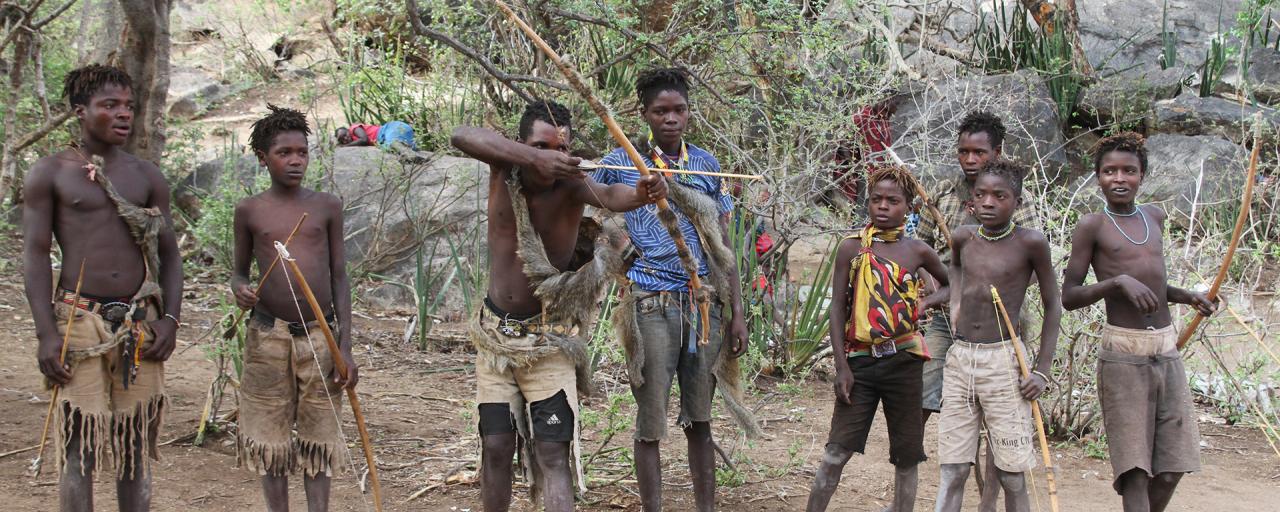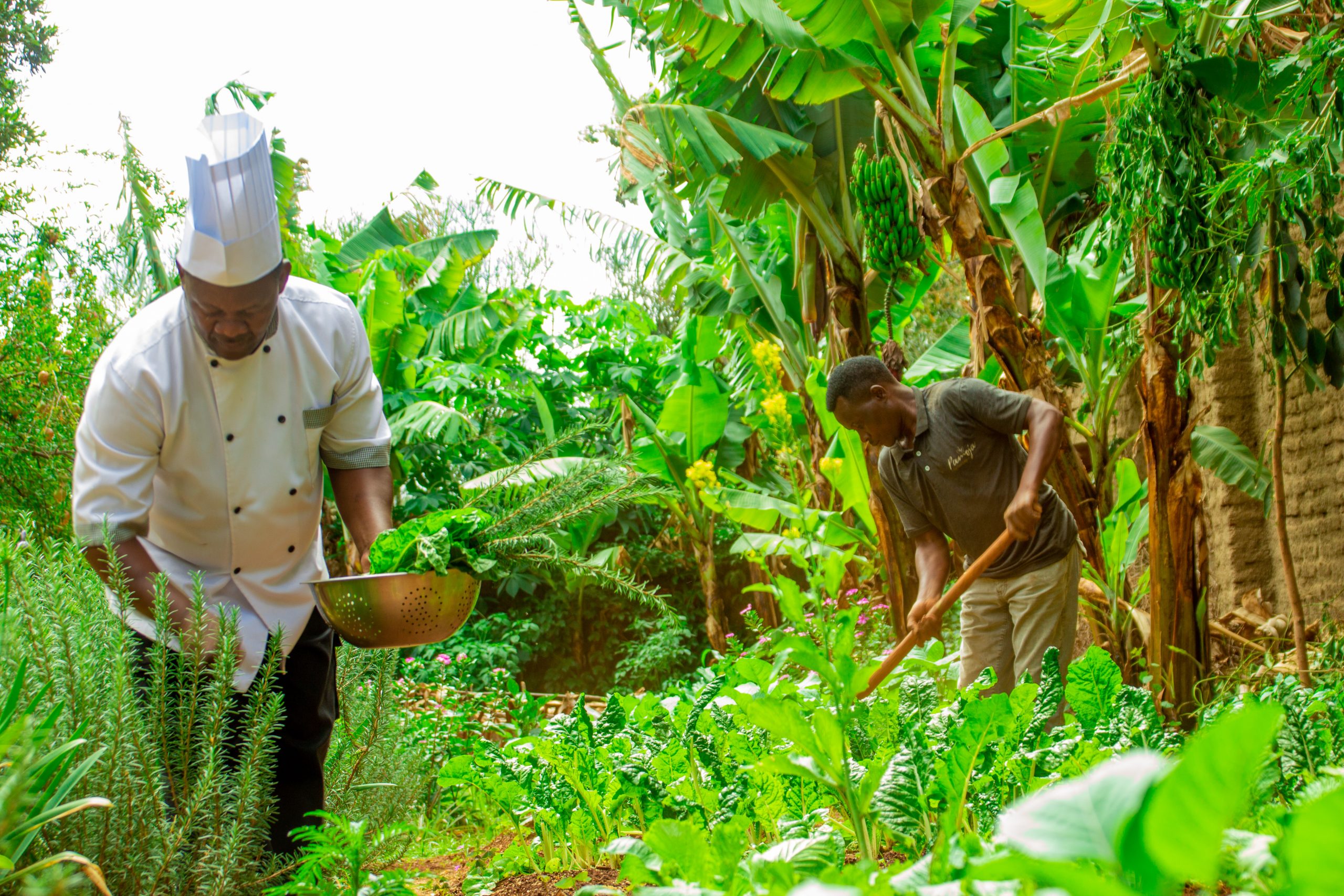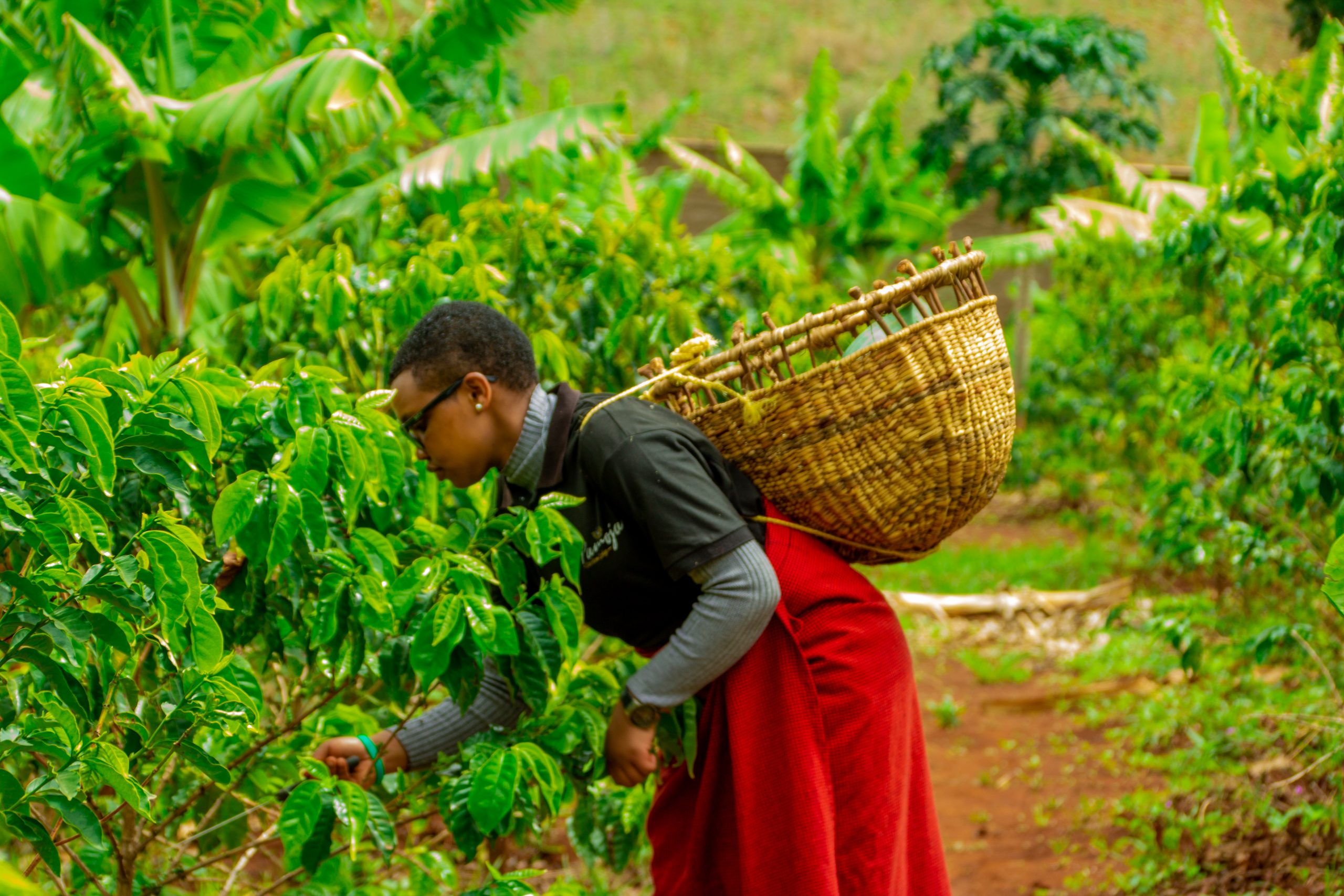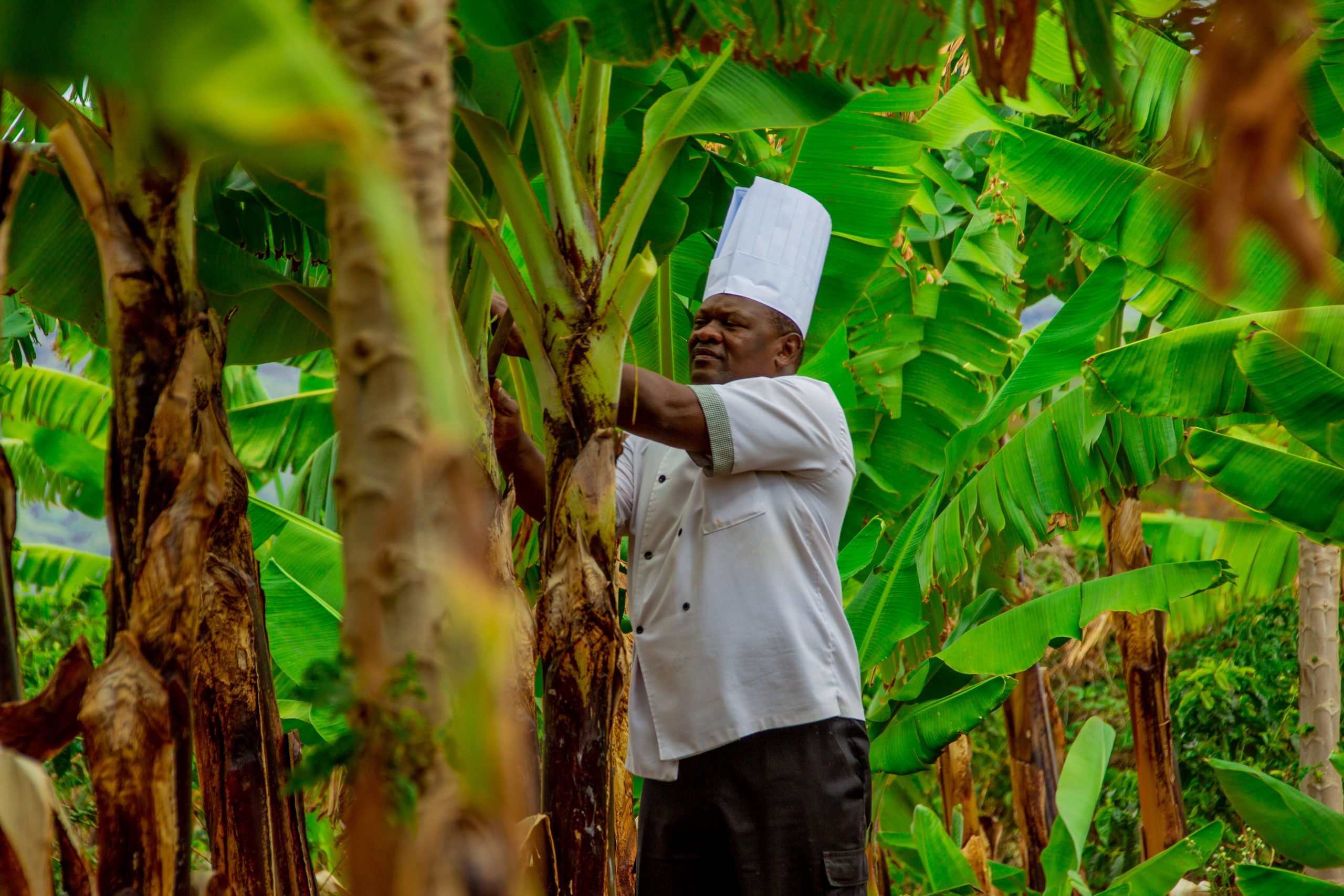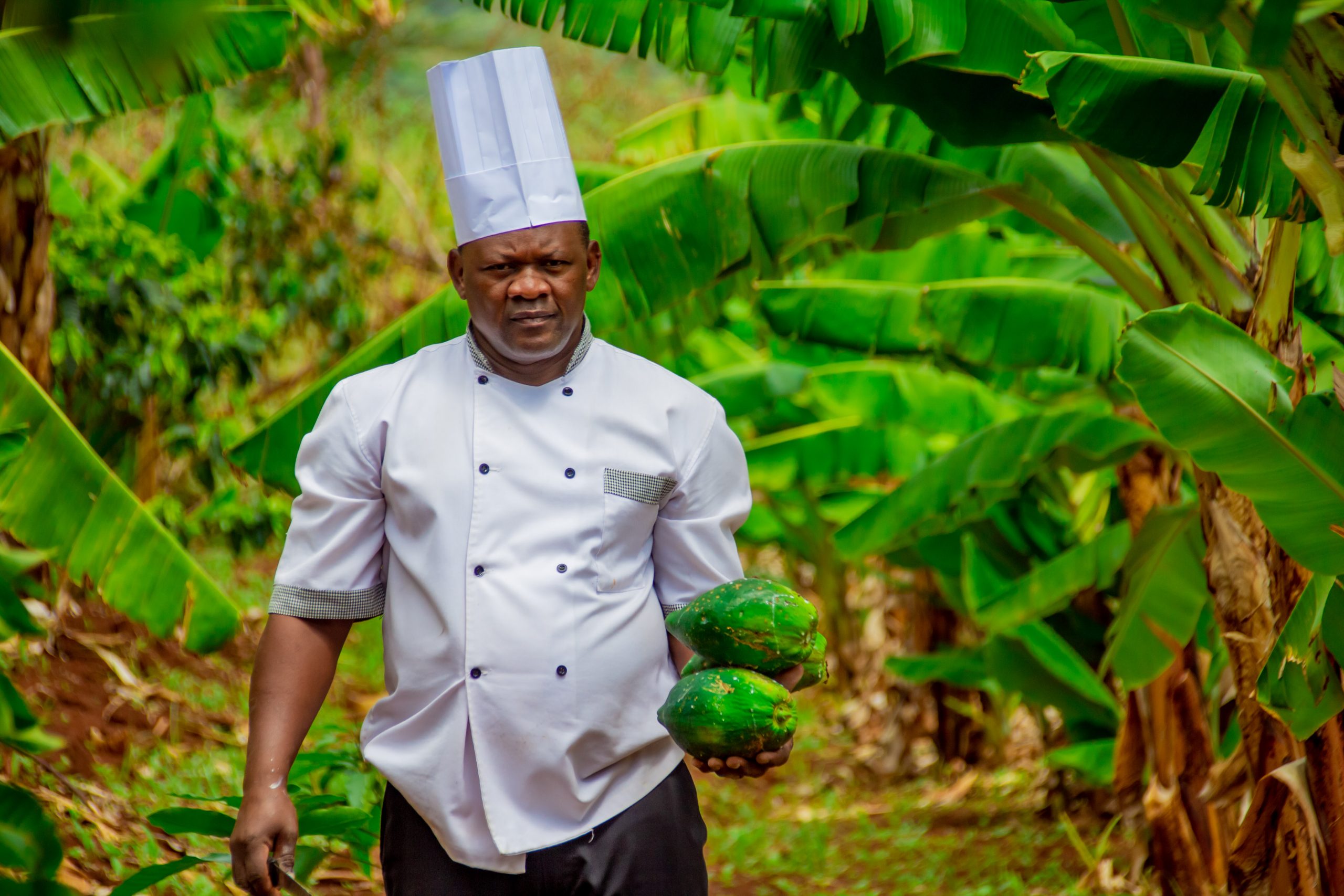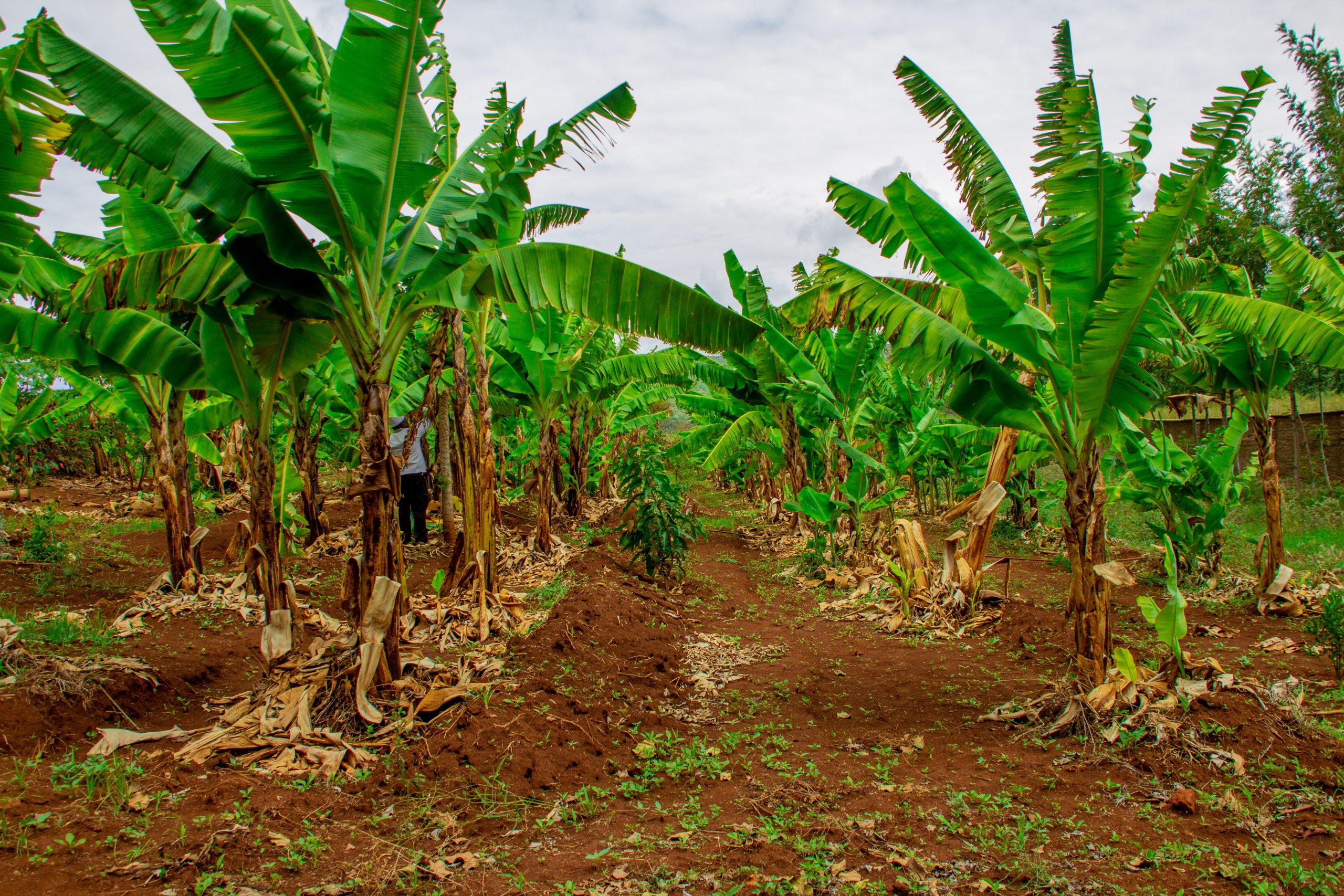Lake Eyasi (Hadzabe)
A modern hunter-gatherer people living in northern Tanzania.
Lake Eyasi (Hadzabe)
ANCIENT HUNTER-GATHERERS
The Hadza are a northern Tanzanian hunter-gatherer people. They are one of Africa’s last hunter-gatherer tribes, numbering approximately 1,300 members. Their ancestral homeland encompasses the Eyasi Valley and surrounding hills. The Hadza are still important to anthropologists because they are a modern link to ways of living and surviving that most people haven’t used anymore.
The Hadza are a hunter-gatherer society that lacks domesticated livestock and does not grow or store their own food. The Hadza subsist by hunting and foraging for edible plants using hand-made bows and arrows. Although the Hadza diet is predominantly plant-based, it does include meat, fat, and honey. They build makeshift shelters out of dried grass and branches and have few possessions.
The Hadza speak a dialect known as Hadzane that combines clicking and popping sounds with more familiar sounds. According to their oral history, the Hadza have lived in their current environment bordering the Serengeti plains since their inception as a distinct group. This is relatively close to the location where Homo habilis lived 1.9 million years ago, one of the earliest hominids. The Hadza are one of the earliest lineages of contemporary humans genetically.
Contemporary settlements and farming practices are threatening the Hadza way of life. Over the last 50 years, they have lost between 75% and 90% of their land.
